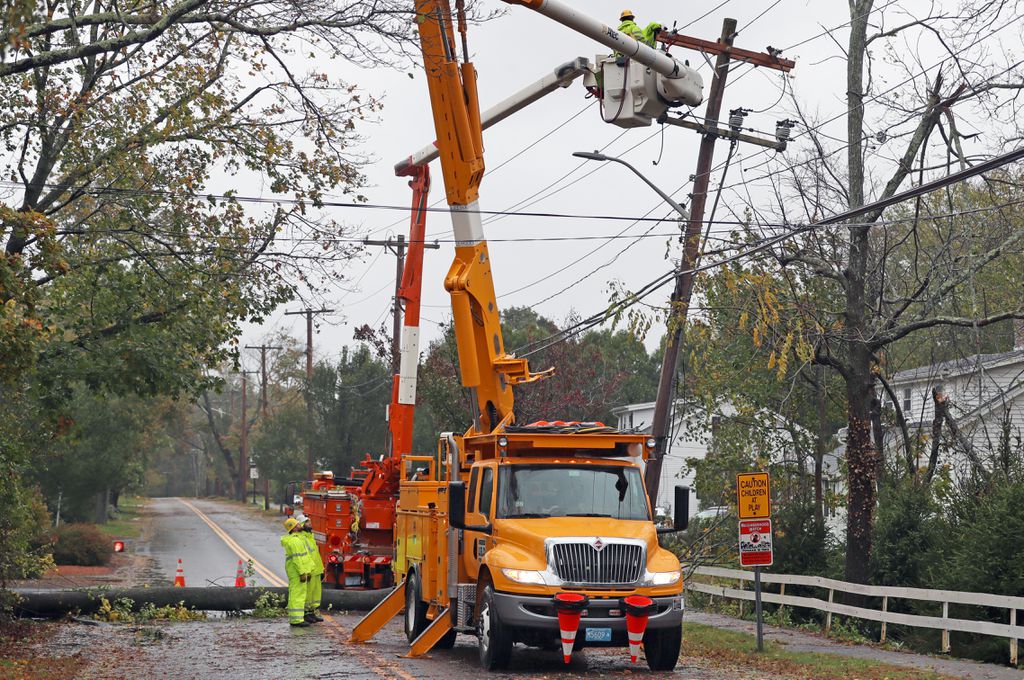The Critical Role of Traffic Control in Emergency Response.
The Critical Role of Traffic Control in Emergency Response.
Publish Date: March 8, 2023

In an emergency, every minute counts. Whether it’s a downed telephone pole, a major car wreck, or a natural disaster, time is of the essence. Responders need to be able to get to the scene quickly and work safely, and this is where traffic control services come into play.
This article discusses the many reasons traffic control services are needed for emergency response. It covers everything from the basics of traffic control to the specific challenges faced by those responding to the incidents. By the end of this article, you will have a better understanding of why traffic control services are so important and how they can help in your recovery efforts.
What is traffic control?
For those readers who are new and haven’t read any of our previous posts – Traffic control is the directing of the vehicle and pedestrian traffic at construction sites, accident sites, or other areas. This may include using traffic cones, flaggers, barricades, signs, and other channelization devices to create a safe and efficient flow of traffic.
The challenges of emergency response
Emergency responders face many challenges when it comes to necessary on-scene response deployment and dealing with existing conditions in the affected area. This can include things like:
- Traffic Congestion: Traffic can be very heavy during rush hour and other busy periods, making it difficult for work vehicles to get to important locations.
- Necessary Road Closures: In some cases, roads must be completely closed to allow access for vehicles & personnel to assess and deal with incidents.
- Debris: After a natural disaster or other emergency, roads may need to be cleared of debris before vehicles can pass. Regular traffic is not predictable and may need to be stopped or averted to a detour in order to properly remove debris from the area.
- Visibility Restrictions: In some cases, rescuers may need to work in low light or without lighting (like during a power outage at night).
- Weather Conditions: While the cause of many emergency response situations, weather can continue to be an issue when a response team arrives. Traffic Control can help mitigate potential hazards brought on by active severe conditions.
All these variables can make the responder’s job complex and often more dangerous. Our services can help eliminate most of these unnecessary risks.
How traffic control services can help
Traffic control services can assist emergency responders in a few ways. Here are some examples:
- Immediate Traffic Diverting: Traffic control services can clear the way for responders by creating a safe and efficient flow of traffic around the scene.
- Coordinating Road Closures: When roads need to be closed to allow response vehicles to pass – but restrict public access, traffic control services coordinate these closures to minimize disruption and allow responders to reach the scene quickly – and for regular traffic to safely reach their destinations.
- Directing Traffic: In some cases, professional flaggers must direct traffic to ensure a safe and efficient flow of vehicles around the site in an immediate situation. Especially when regular vehicle traffic could pose risk to both responders and other motorists by trying to pass through the affected area.
Types of traffic control services
There are several different types of traffic control services that may be used in emergency response situations. These include:
- Flagging: This involves the use of designated flagger personnel to direct traffic around a construction zone or emergency area where traffic needs to be controlled.
- Barricades: Barricades are used to block off roads or other areas where traffic needs to be prevented or rerouted entirely. They can be made of a variety of materials, including concrete, steel, and plastic.
- Traffic Cones & Signage: Traffic cones are used to quickly create lanes or to mark off areas in a faster-paced emergency situation – oftentimes as placeholders for sturdier implementations like signage or barriers. A traffic control company (Like UTB Protection) will also have access to road signage to help direct traffic for longer (or permanent) periods of time.
Traffic control services play an important role in emergency situations. From preparing paths for emergency responders to coordinating road closures and directing traffic, these services help ensure emergency vehicles get to the scene quickly and safely. Challenges faced by responders such as heavy traffic and limited visibility make effective traffic management even more important. By understanding the basics of traffic control and the specific challenges of emergency response, we can better understand the importance of these services in preventing risks for both workers & motorists.
UTB Protection can create a custom-tailored plan to provide Traffic Control services for any situation you may have – not just emergencies. All options and situations can’t be discussed in a short article like this – but covering the basics will give you an idea. We encourage you to reach out to us if you have any questions concerning an existing service we provide or your own unique situation that you need our help with. We would love to hear from you, and help you find the best solution possible.
